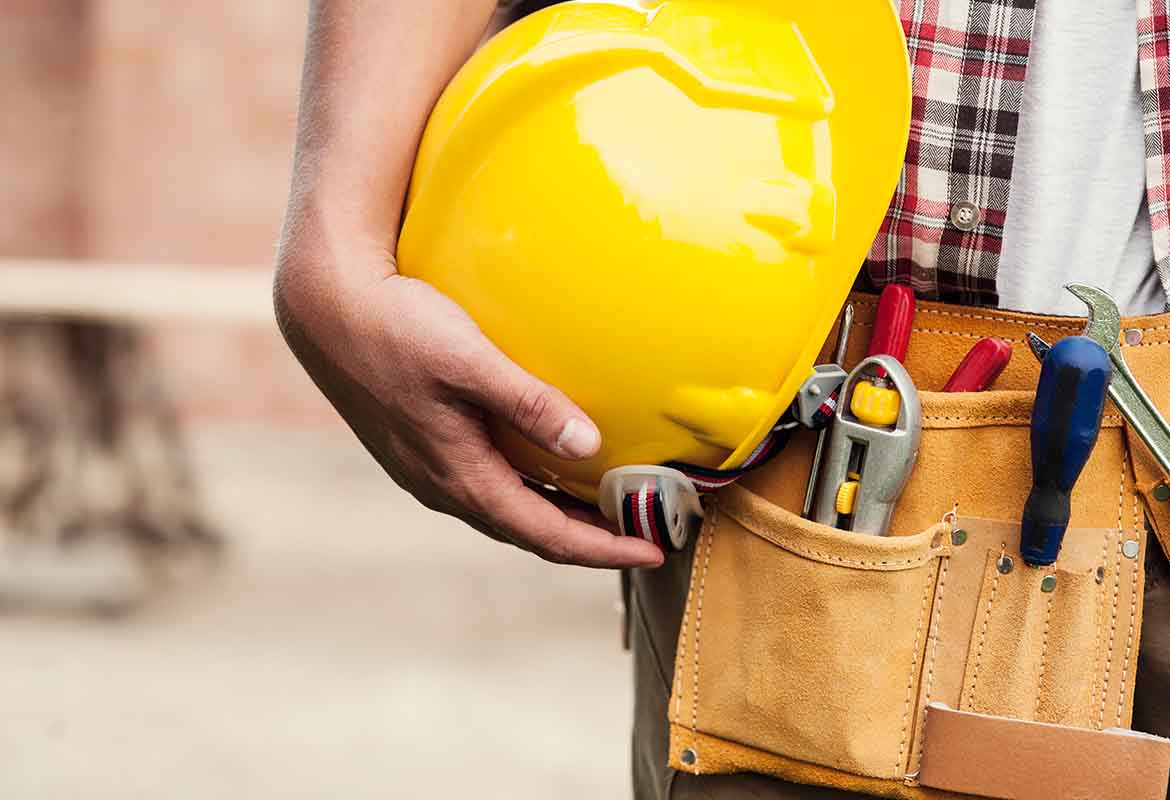Why Construction Material Testing (CMT) is Important?
What is CMT?
The testing of materials used to develop new projects, add to existing projects, or change current construction projects is known as construction materials testing (CMT). The services provided as part of a full CMT process are highly dependent on the project, the site, and the scope of work. Various organizations give certification for specialized CMT knowledge. DOT, ACI, the EPA, and other
Common types of Construction Material Testing
- Laboratory Testing
Before materials are transported or even specified, a lot of CMT takes place in the lab. This enables accurate qualities to be listed on product datasheets, allowing you to choose the right materials for the project without having to test them.
You might also request a sample or purchase a small quantity of a product, do your laboratory testing, and then specify it for use at scale across your project.
laboratory testing may be employed as a follow-up, if field testing of construction materials proves inconclusive, or if the results obtained are on the border of acceptability,
- Field testing
Testing in the field CMT services is provided on-site. CMT methods are commonly used in highways, airports, utility projects, and building developments, and they are all carried out by certified professionals.
Construction materials testing in the field can include soil, concrete, asphalt, steel, masonry, and Timber.
What exactly does Field Testing entail?
Evaluation of compaction, moisture, air content, and other factors through visual inspection and/or non-destructive procedures. Steel structures, retaining walls, and soil foundations are just a few of the types of structures that are tested during Field Testing.
What is the importance of CMT?
CMT ensures that the tested materials are suitable for the purpose. Manufacturer testing also enables the correct products to be specified ahead of time.
On-site testing checks all of the relevant health and safety boxes, allowing developers to provide long-term assurances without having to worry about costly future repairs. Material testing and inspections are required for both vertical and horizontal construction. Confirming materials are aligned with the original design helps prevent potential legal claims, safety difficulties, and catastrophic outcomes in both forms of development. It is for this reason that we evaluate materials both in the field and in the lab.
For all of these reasons and more, you should be mindful of your responsibilities at all times, but you should also consider CMT as a means to safeguard your investments and employees.

